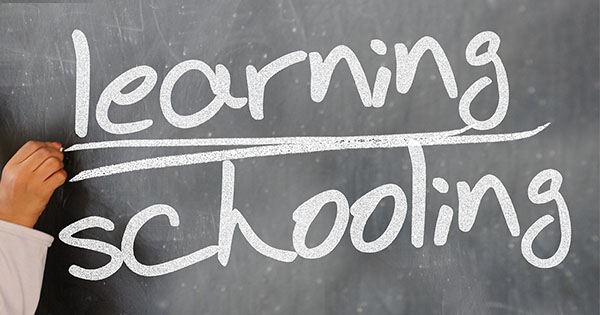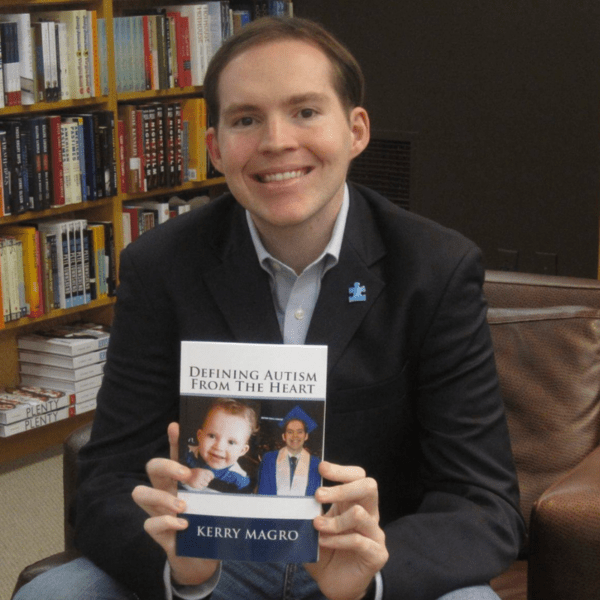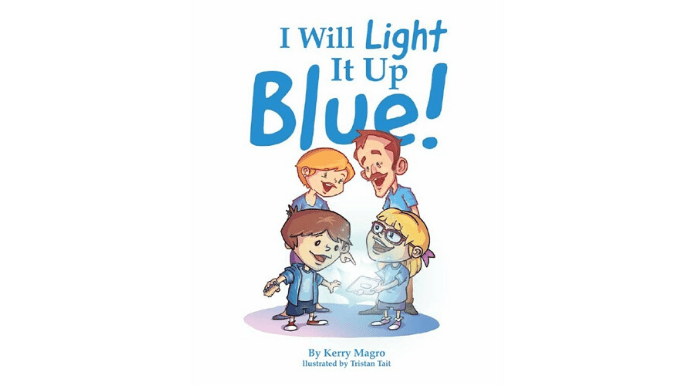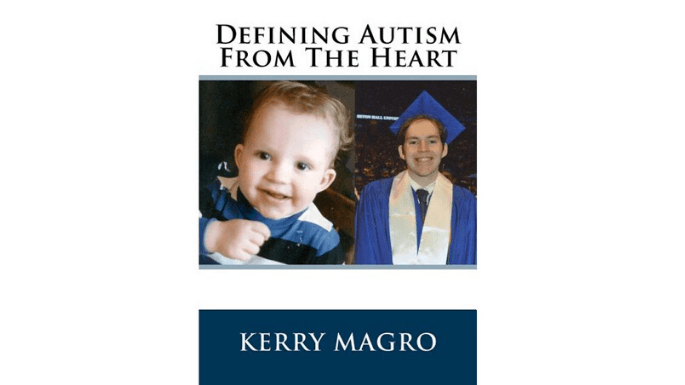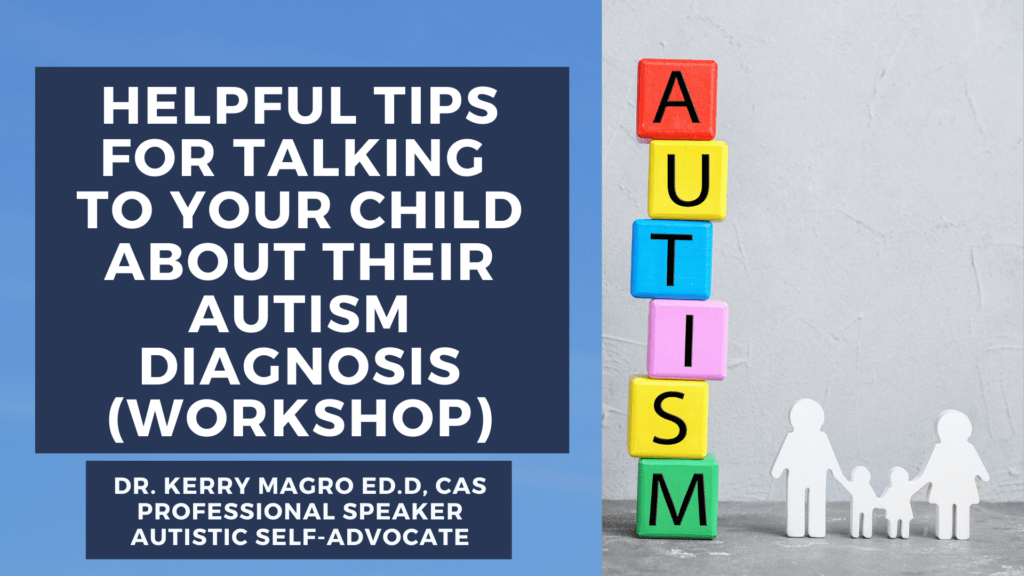This guest post is by Trisha Katkin, a special education teacher in NH. She has her Master’s in Education and currently holds certificates in General Special Education, Learning Disabilities and Emotional/Behavioral Disabilities. She has been a guest speaker at the University of New Hampshire Institute on Disability and has been featured on Autism Talk at Patienttalk.org. She is a crusader for students with autism and fights to spread awareness for teachers, parents, and advocates who need help. She writes a blog at TRISHAKATKIN.COM where her posts consist of actionable advice and tips that can be implemented immediately.
“Sit!”
“Don’t touch!”
“No yelling!”
These are not uncommon phrases said every day in classrooms across the world. Unfortunately, these statements are frequently said to students with Autism, without any thought or regard. For many of these students, understanding social situations is a foreign concept. They may need help with the understanding and comprehension of the complex ins and outs of a social setting.
Social stories are an easy and relatively quick way to help these students learn appropriate behaviors. They are written or visual cues that help a student navigate a social situation, setting or event by preparing for and teaching appropriate behaviors.
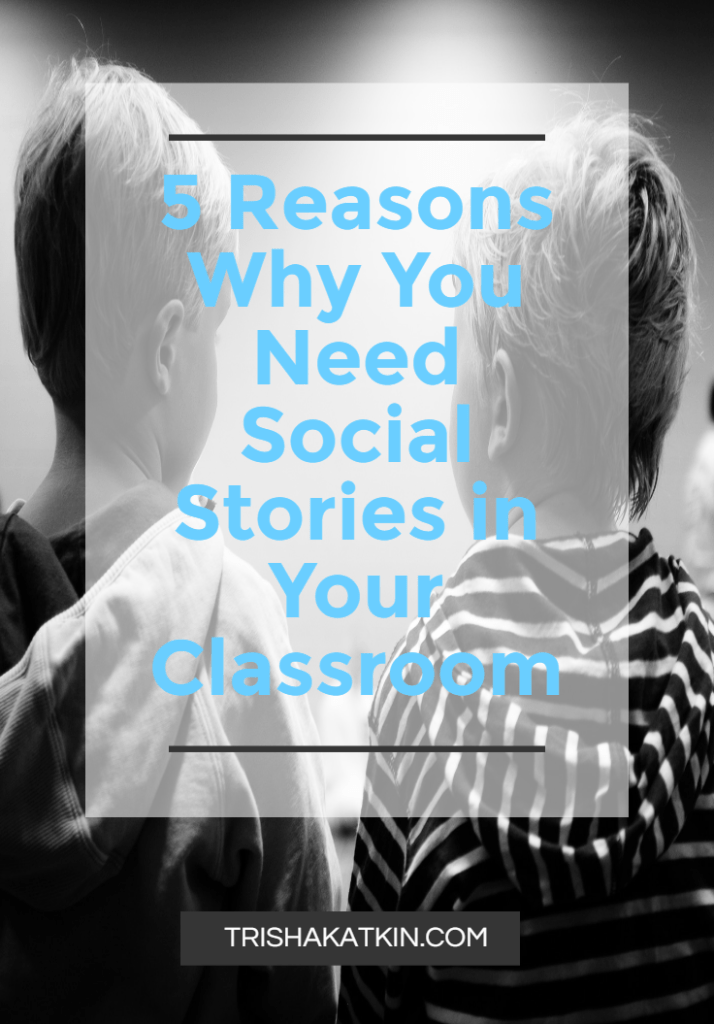
5 Reasons Why You Need Social Stories in Your Classroom
- Theory of Mind
Probably the most important reason why you need to use social stories is Theory of Mind. This is the idea that your autistic student has a hard time understanding others’ perspectives. As an over-riding theme for many students with autism, understanding where someone else is coming from is tough. A lack of Theory of Mind includes a lack of understanding of others’ thoughts, views, or feelings. This also means that your student with autism may not understand that you want him to do something different than what he is currently doing. Because your student can’t understand that you may have different opinions, he may think that your words or actions come from outer space. He may not put the pieces together as to why you are acting the way you are, as he may believe that you have the same thoughts or feelings as he does. As with many things for autistic students, understanding others’ side is a skill that needs to be directly taught. And social stories will do that for you.
- Consistency in Your Classroom
Social stories offer a chance for you to get a handle on your classroom and increase your overall consistency. As an autism teacher, I struggle with many of the same behaviors with all of my students. Many of my students don’t raise their hand, talk out of turn, or touch others. For that reason, having a social story geared toward those behaviors and promoting the appropriate behavior is crucial. And how much easier is it to have a social story at the ready for when you inevitably have a student that is in a similar boat. And having a specific social story promotes consistency in your classroom because as you practice the story with your student, you will catch yourself using the same terminology during the day with all of your students. And, if you’re lucky, your staff will use the same terminology as well. Win-Win!
Need consistency and help with challenging behaviors in your classroom? Get my FREE email course, The 7 -Step Social Story HERE!
- Help Your Students Make Friends
I told you social stories can help with nearly any behavior. Help your students understand others thoughts and feelings by integrating the skill into a social story. Many autistic students have a difficult time with making friends. Teach your students how to use social stories to learn appropriate social behaviors that may help them gain and keep friends.
- To Prevent Meltdowns
Social stories will help prevent meltdowns as your students will begin to learn what you expect of them. As they practice their social story, they will begin to internalize, interpret, and generalize the story to other parts of their day. They will begin to understand why you do and say the things you do. Helping to teach a student understand situations that once seemed foreign to him will ultimately decrease the meltdowns associated with being overwhelmed by unknown expectations.
- You Have Challenging Behavior
You need social stories in your classroom because you HAVE challenging behavior. And I say have because there is not one classroom in the world that does not have behaviors from time to time.
At times, I use social stories to help my children get through situations that they struggle with.
(Just Shhh! Don’t tell them!)
For example, I can frequently be heard saying, “Sometimes I don’t get what I want and this is okay. I will be all right.” Although an abbreviated version and not a true social story, (we have been practicing that one since they were little) it helps get them through the frustration.
They understand that in situations where they don’t get their way, they will be okay, and maybe next time they will.

